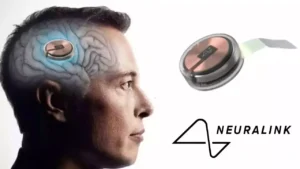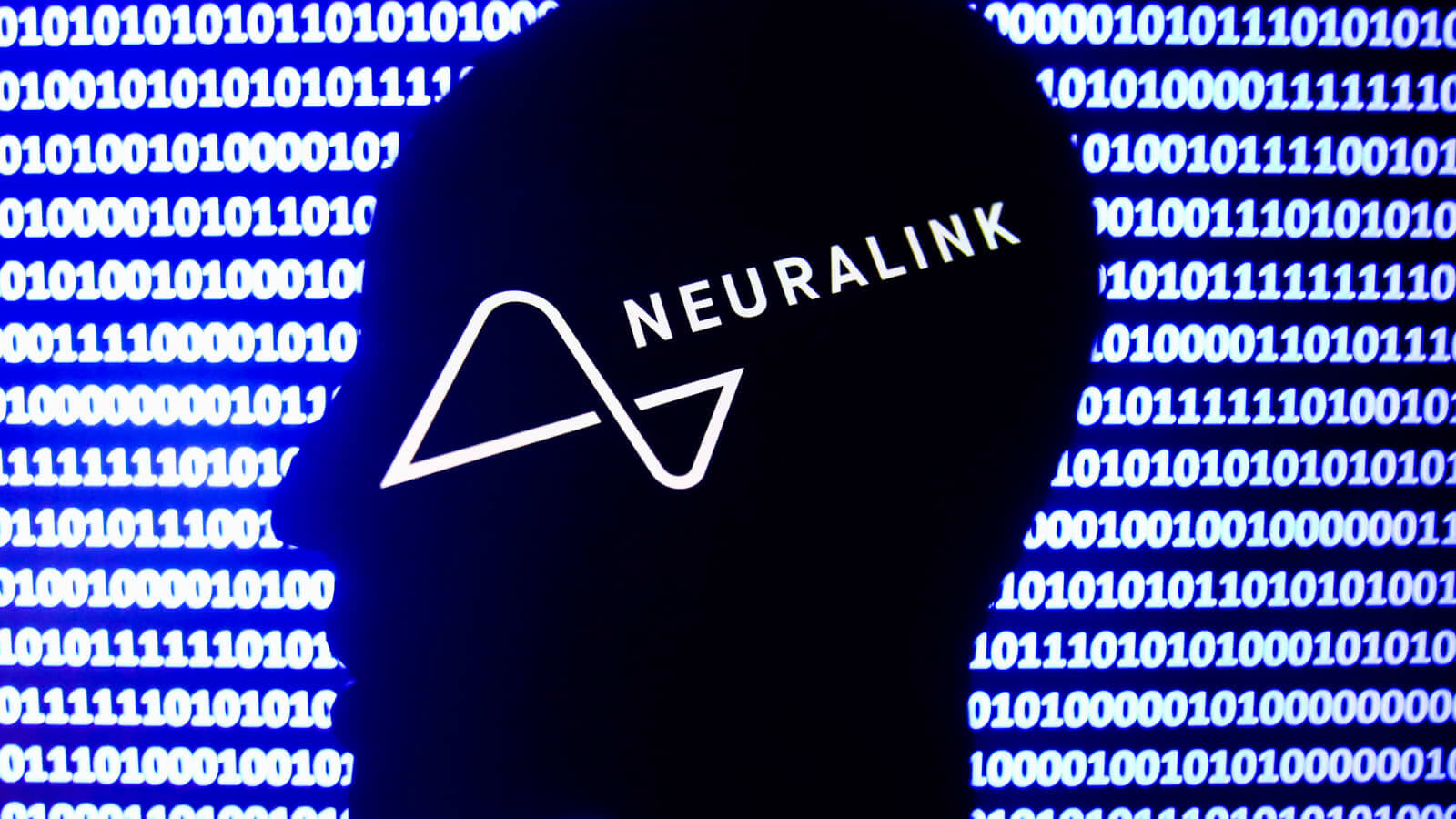Neuralink, the brain-computer interface (BCI) company led by Elon Musk, has acknowledged encountering a problem with its device following the first-ever human implant surgery. This news is amidst growing excitement surrounding BCI technology and its potential to revolutionize how we interact with the world.

A Glimpse into the Future?
Neuralink’s technology aims to create a direct pathway between the human brain and computers. By implanting tiny threads with electrodes, the device aims to capture and decode neural signals, allowing users to control external devices with their thoughts. The potential applications for this technology are vast, ranging from restoring lost motor function to enhancing human cognition.
Challenges Emerge
However, Neuralink’s recent disclosure highlights the technical hurdles for BCIs. According to reports, some implanted threads malfunctioned and retracted from the brain tissue in the weeks following surgery, decreasing the number of useable electrodes and reducing the data transfer rate.
Not All Bleak
Despite this setback, Neuralink emphasizes its commitment to safety and ongoing development. The company points out that the initial surgery was successful, with the implant itself functioning as intended. The current challenge lies in improving the longevity and stability of the thread interface with the brain.
The Road Ahead
Neuralink’s experience underscores the importance of rigorous testing and development in the BCI field. Balancing innovation with patient safety remains paramount. While this setback may cause a temporary pause, it’s unlikely to deter the continued pursuit of this groundbreaking technology.
Open Questions Remain
The Neuralink situation raises several questions. How will these challenges be addressed? What are the long-term implications of BCI technology for human health and privacy? These are crucial discussions that will need to take place alongside technological advancements.
The future of brain-computer interfaces remains bright, but the journey will undoubtedly have its roadblocks.
Neuralink’s transparency in addressing this initial hurdle is a positive step that will hopefully lead to the development of safer and more effective BCIs in the years to come.





